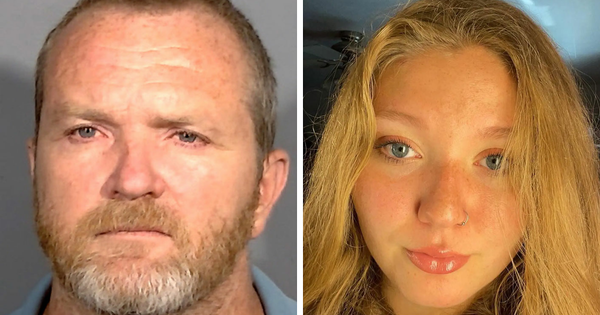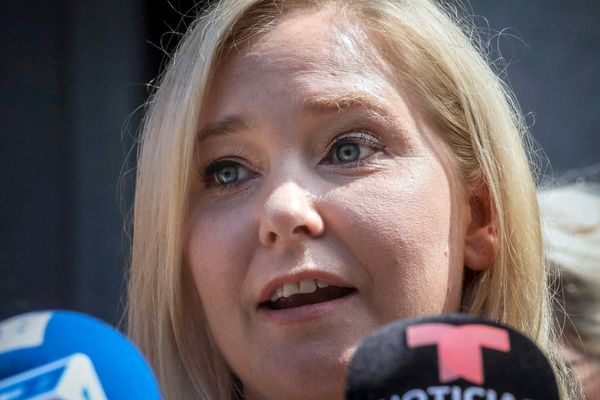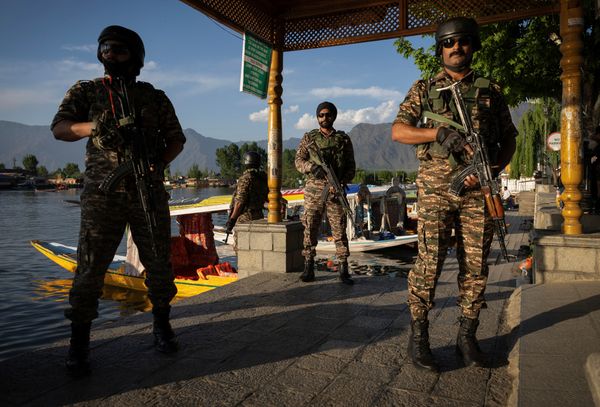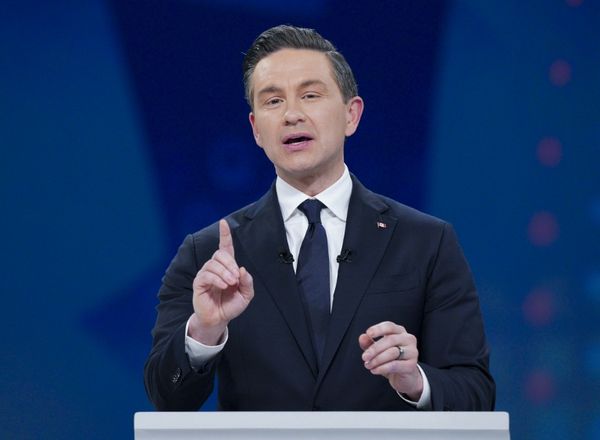
With the 2023 NBA Draft now in the rearview mirror, the Los Angeles Lakers are hoping they have come away with a diamond in the rough.
They took Indiana University Jalen Hood-Schifino with the No. 17 pick, and he is someone executive Rob Pelinka described as a “lottery-level talent.” They then selected forward Maxwell Lewis at No. 40, and he was a player who fell into their laps after being expected to perhaps go in the first round.
It had fans wondering if Lewis could be the latest draft steal for the Purple and Gold.
The team has certainly had its share of draft steals either in the second round or late in the first round, especially in recent years. These are the five we feel made the top of the list.
Ivica Zubac
In 2016, the late great Kobe Bryant had just retired, and the Lakers were hoping Brandon Ingram, who they took with the No. 2 pick, would become one of their next franchise cornerstones. But when they selected Zubac, a 19-year-old from Eastern Europe, they couldn’t have possibly held high hopes for him.
During his first two NBA seasons, he only got spot duty and failed to show any real measurable improvement. But starting in his third season, he became a solid NBA-caliber center and a borderline-quality starter.
Unfortunately for the Lakers, most of that growth happened with a different team. They sent him to the Los Angeles Clippers in the middle of the 2018-19 season for Mike Muscala, a zero-impact power forward, in what is considered one of the more boneheaded trades in team history.
While Zubac has helped the Clippers become a title contender, the Lakers were left empty-handed when Muscala left that summer in free agency.
A.C. Green
The Lakers of the mid-1980s were arguably the greatest team in NBA history, but they were relatively weak at power forward. Their starter at that spot, Kurt Rambis, was chock-full of heart and hustle but devoid of athleticism and basketball skills.
Coming off a world championship over the Boston Celtics in 1985, they looked to upgrade the position when they selected Green with the No. 23 pick in the draft.
He became a starter early in his second season, and he quickly proved to be a rich man’s version of Rambis. Like Rambis, Green loved to hustle and get physical, but he was also relatively athletic. He became a great target on that killer fast break, and he was also a reliable perimeter shooter.
His high-water mark came when he was selected to the All-Star team during the 1989-90 season despite averaging “just” 12.9 points and 8.7 rebounds a game, which are modest numbers for an All-Star.
Green earned two championship rings as a key member of the Showtime Lakers. They loved him so much that they brought him back many years later in 1999, allowing him to earn another world title right afterward.
The Oregon State University is also well known among basketball junkies for holding the record for most consecutive games played at 1,192. It was a streak that spanned an incredible 15 seasons.
Vlade Divac
The NBA is so full of quality foreign players, it’s hard to imagine that at one time in history, scouts and executives didn’t think non-Americans could hang in the league.
In 1989, the legendary Kareem Abdul-Jabbar finally retired after 20 remarkable seasons, leaving the Lakers without a starting center. Holding the No. 26 pick in that year’s draft, they decided to gamble on Divac, a 7-foot-1 center from the former Yugoslavia.
He quickly proved to be ahead of his time. He had a unique set of skills that allowed him to hit from the perimeter, score in the post, hit the open man and even run the fast break like a guard.
Ironically, Divac’s greatest contribution to the Lakers came when he was used as trade bait to acquire the draft rights to a 17-year-old from the Delaware Valley area named Kobe Bryant in 1996.
Then, six years later, during Game 4 of the Western Conference Finals with his Sacramento Kings leading the Lakers by two points in the closing seconds, Divac batted out a missed shot by Shaquille O’Neal to the perimeter. It happened to be a perfect pass that set up Robert Horry for one of the greatest game-winning shots in playoff history.
Nick Van Exel
The Showtime era came to an abrupt end in November 1991 when Magic Johnson announced he was retiring because he just discovered he had tested positive for HIV.
The Lakers managed to barely make the playoffs the next two seasons, but Johnson’s retirement had left a massive void in the talent and skill departments. Perhaps even more than that, it left them without a leader.
In the 1993 NBA Draft, they took a chance on point guard Nick Van Exel with the No. 37 pick. Van Exel was a very skilled player from the University of Cincinnati, but his attitude had scared off potential suitors earlier in the draft.
Van Exel quickly showed that he not only had facilitating and shot-making skills but that he also had moxie. In those days before Bryant became the best all-around player in the game, Van Exel was L.A.’s designated shot-maker in the clutch, and he was a very good one.
In five seasons with the Lakers, he averaged 14.9 points and 7.3 assists a game while playing a big hand in making them relevant again. However, his attitude eventually did him in, as the team got tired of his act and practically donated him to the Denver Nuggets in 1998.
Back in those days, getting traded to the Nuggets was the NBA equivalent of being sentenced to serve time in Guantánamo Bay.
Michael Cooper
The greatest draft steal in Lakers history wasn’t just a key player during their greatest era, but also an improbable story.
When Cooper was a little boy, he severely cut open his knee and needed many stitches to close the wound. His doctors said he would never be able to walk.
Not only did he walk, but he was able to run. He was able to run so well that he became a star at Pasadena High School about half an hour away from downtown Los Angeles, then played college ball at the University of New Mexico.
The Lakers took a flyer on him in the third round of the 1978 draft with the No. 60 pick (this was back when the NBA draft lasted a ridiculous 10 rounds). Despite being extremely skinny at 6-foot-7 and about 170-175 pounds, he managed to carve out a spot in the team’s rotation because of his dogged dedication to defense.
Pat Riley, who became L.A.’s head coach early in the 1981-82 season, would sic Cooper on everyone from 6-foot-9 Larry Bird to small guards such as Isiah Thomas and Andrew Toney. Cooper would lock them up and make them feel like they had just spent two and a half hours at a correctional institute full of abusive wardens.
But the Pasadena native was much more than just a defensive specialist. In his early years, he was a tremendous finisher at the hoop, and he loved to throw down lob passes from Johnson, which were known as “Coop-a-Loops.” Later on, he became a backup point guard and a fantastic 3-point shooter.
Cooper gave the Lakers 12 seasons of his heart and soul, and he has five NBA championships to show for it. Not bad for a man who was never supposed to be able to walk in the first place.







